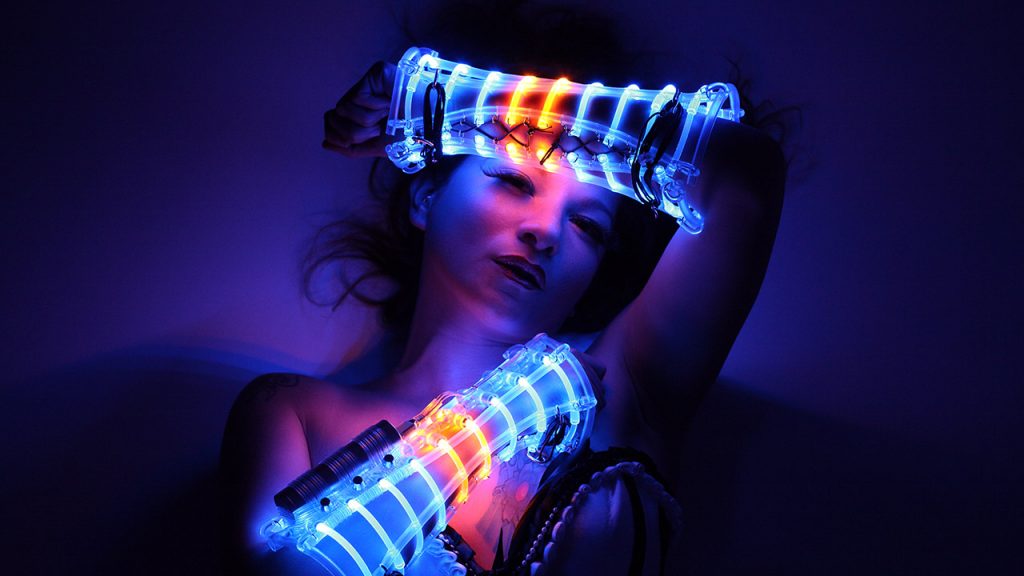Urban Lighting as a Tool for Tourism Development
Small towns with low population density in different regions of the world are visited by millions of tourists every year. Has urban lighting anything to do with this? Certainly!

Small towns with low population density in different regions of the world are visited by millions of tourists every year.
Has urban lighting anything to do with this? Certainly!
Countries and cities are permanently in a competition for tourism, which is
sometimes a much more economic power for a country than other industries.
The economic growth of the tourism industry is leading to continuous urban redevelopment around the world and the need to create hospitable and unique environments. Urban lighting is one of the ways to revitalize cities and to create attraction centers for visitors.
The scope of urban lighting
- Public spaces
- Monuments
- Historic buildings
- Street lighting
- Buildings (residential, commercial, social)
Purposes of urban lighting
- Functional requirements
- Security and safety
- City beautification
- Nocturnal tourism
Artificial lighting has direct effects on health, culture, safety, security, and ecology, and indirect on economics and carbon emissions.
It can improve positively or negatively the appearance and character of a city. Therefor urban lighting is an issue that city administrations should deal with, considering many criteria.
Lighting master plan
The first thing to do in urban lighting is to create a lighting master plan for the city. It is necessary to determine the current illumination plan, building densities, areas with low or high lighting levels, specific places, and historic buildings and monuments that need to be illuminated, with architects, urban and lighting designers, and historians. Based on the data collected, city-specific lighting rules and standards should be agreed, implemented, and controlled. Lighting levels, light color temperatures, light directions, luminaire types, lighting control systems, light pollution, and energy-saving requirements are all the issues discussed to make the standards.
These standards provide to have a harmonic silhouette and cityscape, clarify the entrance or boundary of the town, define the image of the town center and other central areas.
Urban lighting and tourism
Cities create inspiring visual experiences with light to increase their value and attract visitors. A beautifully illuminated historic palace or a bridge upgrades the city’s reputation.
It is quite possible to develop nocturn tourism with a unique city lighting concept, well-lit historical heritage and, international light organizations. Light-based events attract people to a particular place from various locations to participate in the activity. The basic idea should always be providing a destination to explore, exchange, and entertain tourists.
Tourists always share their experiences. Especially nowadays, these posts on social media can be followed by millions of people, which is a unique opportunity for the promotion of cities and countries.
In conclusion, it would be correct to say that cities and their architectural values can only exist at night with their lighting. For this reason, by following the geographical and cultural features, the main purpose of the city administration should be to create a lighting concept that will reveal the historical richness and natural beauties, to make the city unique and to develop the tourism industry.
Sources:
https://sladesigners.com/
https://www.mk-illumination.com/
https://www.zumtobel.com/
https://www.theagilityeffect.com/





